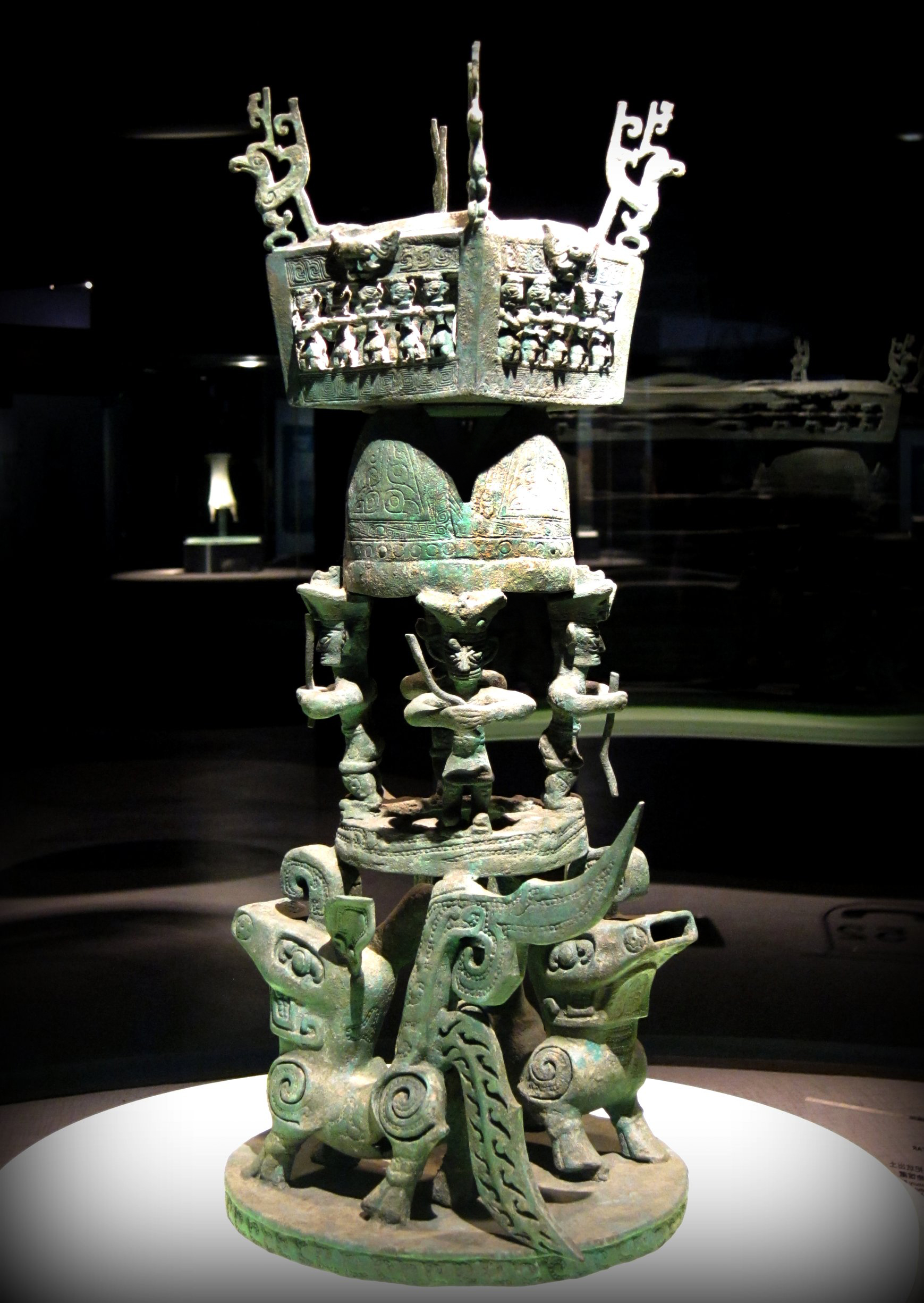Category: Metals
-

Peptidoglycan or murein is a unique large macromolecule, a polysaccharide, consisting of sugars and amino acids that forms a mesh-like peptidoglycan layer outside the plasma membrane
Not to be confused with glycopeptide, proteoglycan, or glycoprotein Peptidoglycan or murein is a unique large macromolecule, a polysaccharide, consisting of sugars and amino acids that forms a mesh-like peptidoglycan layer outside the plasma membrane, the rigid cell wall (murein sacculus) characteristic of most bacteria (domain Bacteria). The sugar component consists of alternating residues of β-(1,4) linked N-acetylglucosamine (NAG) and N-acetylmuramic acid (NAM). Attached to the N-acetylmuramic acid is an oligopeptide chain made of three to five amino acids.…
-

Acidophiles in acid mine drainage
The outflow of acidic liquids and other pollutants from mines is often catalysed by acid-loving microorganisms; these are the acidophiles in acid mine drainage. Acidophiles are not just present in exotic environments such as Yellowstone National Park or deep-sea hydrothermal vents. Genera such as Acidithiobacillus and Leptospirillum bacteria, and Thermoplasmatales archaea, are present in syntrophic relationships in the more mundane environments of concrete sewer pipes and implicated in the heavy-metal-containing, sulfurous waters…
-

Biomining or what I suspect “healthcare” (and much of the “food” industry) has been up to for a very, very long time
Biomining is the technique of extracting metals from ores and other solid materials typically using prokaryotes, fungi or plants (phytoextraction also known as phytomining or biomining). These organisms secrete different organic compounds that chelate metals from the environment and bring it back to the cell where they are typically used to coordinate electrons. It was discovered in the mid 1900s that microorganisms…
-

Phytoremediation is the use of green plants and the associated microorganisms to remove or render harmless toxic environmental contaminants
Phytoremediation technologies use living plants to clean up soil, air and water contaminated with hazardous contaminants. It is defined as “the use of green plants and the associated microorganisms, along with proper soil amendments and agronomic techniques to either contain, remove or render toxic environmental contaminants harmless”. The term is an amalgam of the Greek phyto (plant) and Latin remedium (restoring balance). Although…
-

Phytoextraction is the removal of dangerous elements or compounds from soil or water by plants
Phytoextraction is a subprocess of phytoremediation in which plants remove dangerous elements or compounds from soil or water, most usually heavy metals, metals that have a high density and may be toxic to organisms even at relatively low concentrations. The heavy metals that plants extract are toxic to the plants as well, and the plants used for phytoextraction are…
-

Freeze branding aka CryoBranding and the resulting brands, trichoglyphs, is a technique involving a cryogenic coolant instead of heat to produce permanent marks on a variety of animals
The coolant is used to lower the temperature of a branding iron such that its application to shaved skin will permanently alter hair follicles. The intense cold destroys the pigmentation apparatus in the animal’s hair follicles, leaving all subsequent hair growth without color. This creates a high-contrast, permanent mark in the shape of the branding iron’s head. A longer application of the cold iron can also…
-

Cupronickel or copper-nickel (CuNi) is an alloy of copper that contains nickel and strengthening elements, such as iron and manganese
The copper content typically varies from 60 to 90 percent. (Monel is a nickel-copper alloy that contains a minimum of 52 percent nickel.) Despite its high copper content, cupronickel is silver in colour. Cupronickel is highly resistant to corrosion by salt water, and is therefore used for piping, heat exchangers and condensers in seawater systems, as well as for…
-

Ferrochelatase catalyses the eighth and terminal step in the biosynthesis of heme, converting protoporphyrin IX into heme B
Protoporphyrin ferrochelatase (EC 4.98.1.1, formerly EC 4.99.1.1, or ferrochelatase; systematic name protoheme ferro-lyase (protoporphyrin-forming)) is an enzyme encoded by the FECH gene in humans. Ferrochelatase catalyses the eighth and terminal step in the biosynthesis of heme, converting protoporphyrin IX into heme B. It catalyses the reaction: protoheme + 2 H+ = protoporphyrin + Fe2+ Function Ferrochelatase catalyzes the insertion of ferrous iron into protoporphyrin IX in the heme biosynthesis…
-
Heme metabolic intermediates
(porphyrin biosynthesis and heme degradation/excretion) and various other notes
-
Transferrins
Transferrins are not limited to only binding to iron but also to different metal ions.
-
Hephaestin, first identified in 1999 is homologous with ceruloplasmin
Named after Hephaestus, the Greek god of metal working
-

The transforming growth factor beta receptors
a family of serine/threonine kinase receptors involved in TGF beta signaling pathway
-
Metalloestrogens
Metalloestrogens are a class of inorganic xenoestrogens which can affect the gene expression of human cells responding to estrogen. Effects are related to the physiologic function of estrogen because metalloestrogens have shown affinity for estrogen receptors. Because they can mimic estrogen thus activating the receptor, they are considered harmful and potentially linked with breast cancer. List of metalloestrogens include: (linked to local search results…
-

Phosphopyruvate hydratase, aka enolase, is a metalloenzyme that catalyses the conversion of 2-phosphoglycerate (2-PG) to phosphoenolpyruvate (PEP), the ninth and penultimate step of glycolysis
Phosphopyruvate hydratase, usually known as enolase, is a metalloenzyme (EC 4.2.1.11) that catalyses the conversion of 2-phosphoglycerate (2-PG) to phosphoenolpyruvate (PEP), the ninth and penultimate step of glycolysis. The chemical reaction is:2-phospho-D-glycerate ⇌ phosphoenolpyruvate + H2O Phosphopyruvate hydratase belongs to the family of lyases, specifically the hydro-lyases, which cleave carbon-oxygen bonds. The systematic name of this enzyme is 2-phospho-D-glycerate hydro-lyase (phosphoenolpyruvate-forming). The reaction is reversible, depending on environmental concentrations of…
-

Sanxingdui (‘Three Star Mound’)
Sanxingdui (Chinese: 三星堆; pinyin: Sānxīngduī; lit. ‘Three Star Mound‘) is an archaeological site and a major Bronze Age culture in modern Guanghan, Sichuan, China. Largely discovered in 1986, following a preliminary finding in 1927, archaeologists excavated artifacts that radiocarbon dating placed in the twelfth–eleventh centuries BC. The archaeological site is the type site for the Sanxingdui culture that produced these artifacts, archeologists have identified the locale with the ancient kingdom of Shu. The artifacts are displayed in the Sanxingdui Museum located…
-
-ium
word-forming element in chemistry, used to coin element names, from Latin adjectival suffix -ium (neuter of -ius), which formed metal names in Latin (ferrum “iron,” aurum “gold,” etc.). In late 18c chemists began to pay attention to the naming of their substances with words that indicate their chemical properties. Berzelius in 1811 proposed forming all element names in Modern Latin. As…
Recent Posts
- 🧬 Disease Table with Low Sodium Connection
- 🧂 Sodium Reduction and Sodium Replacement: A History of Reformulation and Exploding Diseases, Including Many Diseases Unheard of Before Deadly Sodium Policies
- 🧂 The DEADLY 1500 mg Sodium Recommendation predates the WHO’s formal global sodium reduction push by nearly a decade (and it’s even worse than that)
- 🧬 What Is Beta-Glucuronidase?
- When Sugar Was Salt: Crystalline Confusion and the Covenant of Sweetness
Tags
ADAM ASPARTAME Birds Blood Bones Brain Bugs Cancer Columba Cows crystallography Death Death cults Eggs Etymology Gastrin Gold Growth hormone History Hormones Insulin Liver Mere Perplexity Metal Monkey Business Mythology Paracetamol Plants Poison Pregnancy Protein Religion Reproduction Rocks Salt Slavery Snakes Sodium the birds and the bees Thiocyanate Tobacco Tylenol Underworld Venom zinc
